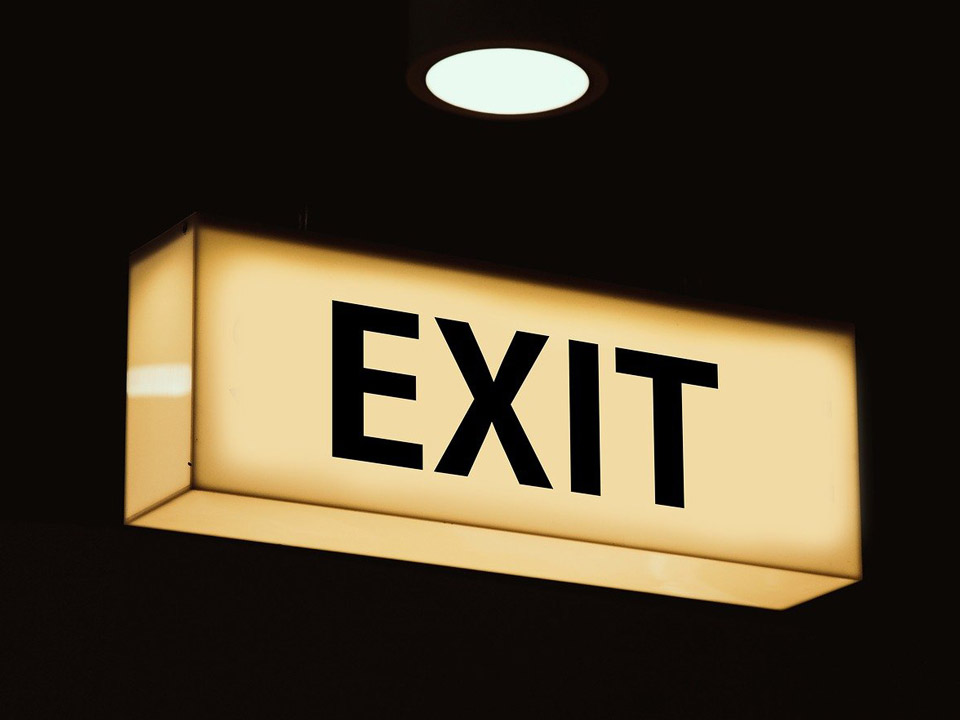Emergency lighting
What’s your level of understanding when it comes to the value of emergency and exit lighting? This is a subject that’s very important to most businesses.
 On the face of it, emergency lighting would appear to be a simple concept. When the power goes off in a building and the normal lighting fails, the emergency lighting will kick in, obviously guiding people to safety at a time when they’re most vulnerable and in need of assistance.
On the face of it, emergency lighting would appear to be a simple concept. When the power goes off in a building and the normal lighting fails, the emergency lighting will kick in, obviously guiding people to safety at a time when they’re most vulnerable and in need of assistance.
Emergency and exit lighting should be considered in much the same way as other life-saving devices, for instance, a defibrillator or a life jacket. You really need to consider emergency lighting to save a life. We should consider emergency lighting as the first entry on your to-do list. It’s apparent there are many cases where installed emergency lighting is not up to the current regulatory standards. It’s often old, untested or it’s broken.
It comes as no surprise to learn that the fines are now being handed out by the authorities on a regular basis and when safety audits are conducted in specific premises, not necessarily focused on emergency lighting, but on the full safety of the building. So why does this happen?
Most of the time it’s because the buildings are simply not being kept up to date. They’re not being maintained and people aren’t aware of the latest standards. Give it some thought, and if you need any help, then obviously come to Chestnut Associates. We can help you with any of these issues.
Some results of non-compliance can obviously result in unpleasant circumstances. You can have fines served and you can have prohibition notices served on you, so you need to take some proactive steps.
Understand that there is a need of emergency lighting in most buildings. Let’s not forget that the outside of the building is also to be considered as well.
Let’s look at the first step of any compliance scheme is to identify the responsible person. This person has a responsibility for the well-being and safety of all of the people using the building, including clients, customers, as well as your staff. You need to decide the location and the design of the lighting systems. Make sure it’s fit for purpose. Don’t forget that certain rooms have different needs for different lighting purposes.
There are many different types of emergency lighting, so please ensure they are fit for purpose. They need to be checked on a regular basis, so I always suggest having a checklist and then just tick it off every month. Number all of your emergency lighting points, as well as the rest of your fire devices as well. It makes it so much easier for everyone.
If you need any further information contact Joanne Hunt, Chestnut Associates. joanne@chestnutassociates.co.uk.


